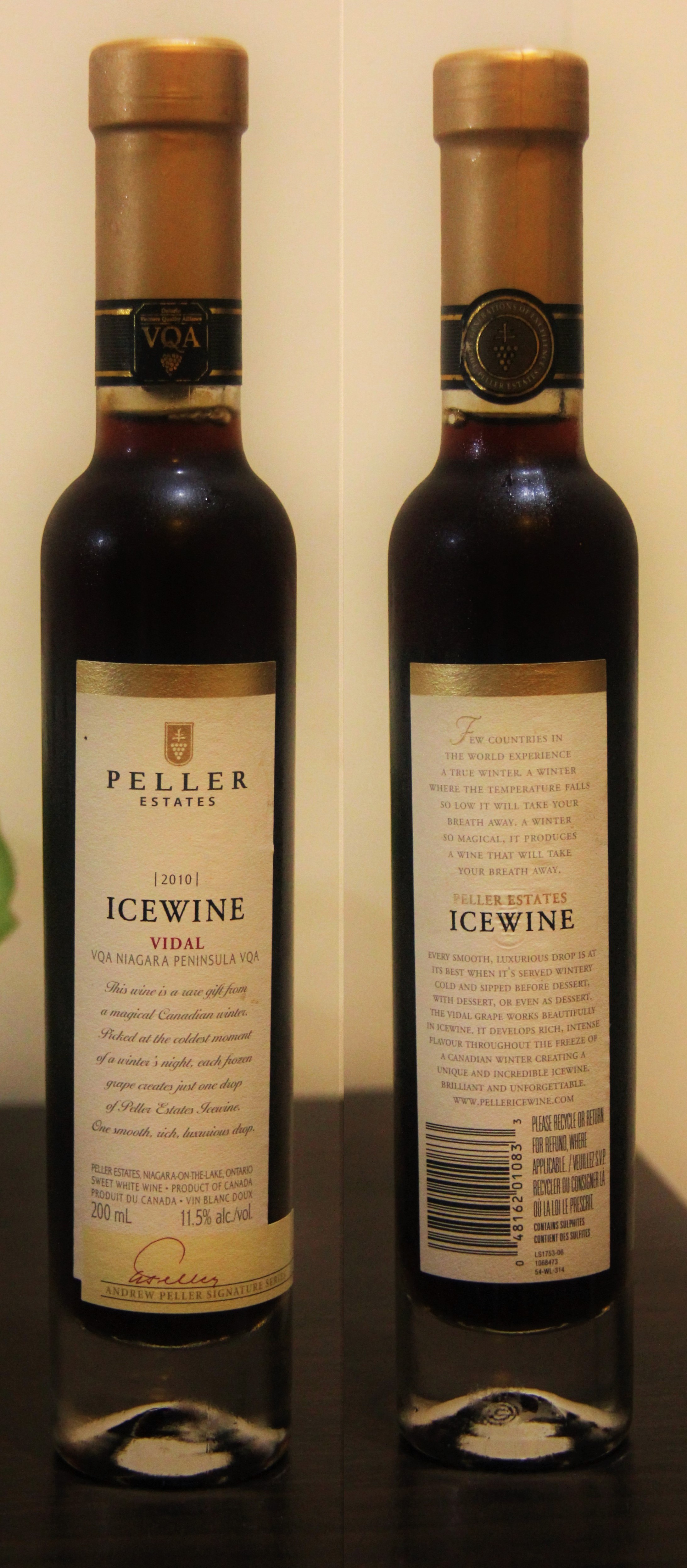Understanding Sulfites in Wine
Have you ever wondered what those little warnings on wine labels that say “Contains Sulfites” mean? Well, you’re not alone. Sulfites are an essential component in winemaking and play a crucial role in preserving the quality and stability of the wine.
What are Sulfites?
Sulfites, practically speaking, refer to sulfur dioxide (SO2) gas or various sulfur-containing compounds. It is a naturally occurring compound in various foods and beverages, including wine. For centuries, sulfites have been used as preservatives because they inhibit the growth of bacteria, yeast, and other microorganisms.
Why are Sulfites Used in Wine Production?
In winemaking, sulfites serve several purposes:
-
- Antioxidant: Sulfites act as antioxidants, preventing oxidation and preserving the flavors, colors, and aromas of the wine.
-
- Microbial Control: They inhibit the growth of unwanted bacteria and harmful yeast, reducing the risk of spoilage.
-
- Stabilizer: Sulfites help stabilize the wine, preventing refermentation and unwanted secondary fermentation in the bottle.
-
- Preservative: By preventing spoilage and microbial growth, sulfites extend the shelf life of the wine, ensuring that it remains fresh and drinkable for a more extended period.
It’s important to note that sulfites occur naturally in wine, even without adding any additional sulfites during the winemaking process. Fermentation itself produces small amounts of sulfites, but in most cases, winemakers add sulfites to maintain consistency across different bottles and vintages. Additionally, by law, winemakers must disclose the presence of sulfites in their products to inform consumers, especially those with sulfite sensitivity or allergies.
Sulfite Sensitivity
While most people tolerate sulfites without any issues, a small percentage of the population may develop allergic reactions or have sensitivity to sulfites. Symptoms may include difficulty breathing, hives, headaches, or an upset stomach. If you suspect sulfite sensitivity, it is essential to consult a healthcare professional and consider alternative wine options.
Are there any alternative methods or ingredients available for winemakers to use instead of sulfites, and how do these alternatives impact the taste and quality of the wine?
There are alternative methods and ingredients for winemakers to use instead of sulfites, although their use is more limited. Some winemakers use natural antioxidants such as ascorbic acid (vitamin C), grape seed extract, or certain types of tannins to inhibit oxidation in wine. These alternatives are milder and may not have the same preservation and anti-microbial properties as sulfites.
One common alternative to sulfites is the use of native or wild yeasts for fermentation rather than using commercial yeast strains. Native yeasts can produce fewer sulfites during fermentation, lowering overall sulfite levels in the final wine. However, this method may be less predictable and more challenging to control, potentially affecting the consistency and quality of the wine.
The impact of these alternatives on the taste and quality of wine can vary. Sulfites are essential in preventing oxidation, preserving freshness, and inhibiting microbial growth, so removing or reducing their use may increase the risk of spoilage or oxidation.
Some wines made without sulfites may be more susceptible to browning or exhibiting volatile acidity, which can negatively affect the taste and quality. On the other hand, some winemakers argue that using alternative methods and ingredients can result in wines with a more natural and authentic terroir expression, showcasing the grape’s unique characteristics and region.
Ultimately, choosing to use alternative methods or ingredients instead of sulfites depends on the winemaker’s philosophy, desired style, and willingness to accept potential risks and challenges in winemaking.
How do sulfites naturally occur in wine production, and what role do they play in preserving the wine?
Sulfites naturally occur in wine production as a byproduct of the fermentation process. Yeast, responsible for converting sugar into alcohol, produces a small amount of sulfites as a natural defense mechanism against harmful bacteria and oxidation.
Sulfites play a vital role in preserving wine by acting as a preservative and antioxidant. They help to inhibit the growth of unwanted microorganisms, such as bacteria and yeasts, that could spoil the wine. Sulfites also prevent oxidation, which could lead to the development of off-flavors and spoilage.
Additionally, sulfites act as a stabilizer, preventing the wine from undergoing excessive color and flavor changes. They help to maintain the wine’s freshness, aroma, and overall quality.
However, it is essential to note that some individuals may be sensitive or allergic to sulfites. In response, winemakers must label wines containing more than ten parts per million (ppm) sulfites to allow consumers to make informed choices.
Are there any potential health risks associated with consuming sulfites in wine, and how can consumers mitigate them?
Sulfites, a typical wine additive, can pose health risks for specific individuals. Some people may experience allergic reactions or sensitivities to sulfites, leading to symptoms like rashes, difficulty breathing, or digestive issues.
Also, people with asthma may be more susceptible to sulfite-induced respiratory problems. However, it’s important to note that only a tiny percentage of the population is affected by sulfite sensitivities.
To mitigate the potential health risks associated with sulfites in wine, consumers can follow these steps:
1. Read labels: Look for wines labeled as “sulfite-free” or “low-sulfite.” These wines are produced without or with minimal sulfite additions, respectively. However, keep in mind that all wines naturally contain some level of sulfites due to the fermentation process.
2. Opt for organic wines: Organic wines often have lower sulfite levels as they are made from grapes grown without chemical fungicides or pesticides.
3. Choose white wines: White wines generally contain fewer sulfites than red wines, requiring fewer preservatives due to their lower tannin levels.
4. Decant the wine: Pouring wine into a decanter and allowing it to breathe for some time can help dissipate some sulfites. This step might reduce the overall sulfite content in the consumed wine.
5. Drink in moderation: Limiting the overall amount of wine consumed can help mitigate any potential health risks associated with sulfites. Moderation is key.
6. Seek professional advice: Individuals with known sulfite sensitivities, asthma, or allergic conditions should consult a healthcare professional regarding wine consumption.
While sulfites can lead to health issues for some individuals, most people can enjoy wine without any adverse effects.
What Are Sulfites – Conclusion
Sulfites are an integral part of winemaking, helping to preserve and maintain the quality of the wine. Despite the warnings, most wine consumers can enjoy their favorite wines without sulfite-related issues.
As with any food or beverage, it’s crucial to be informed and make choices based on your preferences and health considerations.





